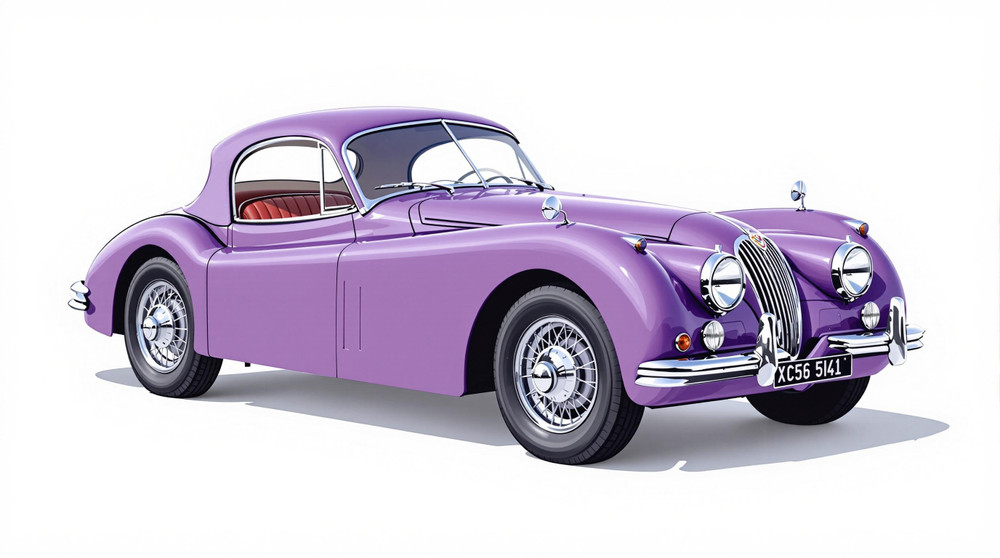Image of 1960 Jaguar Xk150, Note: These illustrations use artistic license and may differ from actual historical models.
Performance Metrics
Fundamental Metrics
Emotional Appeal
MMP Rating
| Engine Specifications | |
|---|---|
| Engine: | 3.4 L XK I6, 3.8 L XK I6 |
| Displacement: | 3.4 - 3.8 L |
| Horsepower: | 190 - 220 hp |
| Torque: | 210 - 240 lb-ft |
| Compression Ratio: | 9.0:1 |
| Ignition System: | Lucas electrical |
| Cooling System: | Water-cooled |
| Performance Specifications | |
| 0-60 Time: | 7.0 - 8.0 seconds |
| 1/4 Mile Time: | 15.0 - 16.0 seconds |
| Top Speed: | 130 - 135 mph |
| Transmission and Drive | |
| Drive Type: | Rear-wheel drive |
| Transmission Type: | 4-speed manual, optional overdrive |
| Fuel and Efficiency | |
| Fuel System Type: | Twin SU carburetors |
| MPG: | 15 - 20 mpg |
| Dimensions and Brakes | |
| Brakes: | Disc brakes all around |
| Wheelbase: | 102.0 in |
| Weight: | 3,000 - 3,200 lbs |
Note: Specifications for classic cars are given to the best of our ability, considering the limited and variant data available.
Unveiling the Elegance of the 1960 Jaguar XK150
With a silhouette that captures the essence of automotive aristocracy, the 1960 Jaguar XK150 stands as a testament to the enduring allure of classic British engineering. Born from the lineage of its illustrious predecessors, the XK120 and XK140, this grand tourer from Jaguar Cars Ltd. emerged as a refined blend of luxury and performance. It was during an era where elegance met horsepower, and the XK150 became a symbol of this harmonious union. Notably, it was one of the first production cars to offer disc brakes on all four wheels, a feature that would later become an industry standard.
Design and Innovation
The XK150's exterior styling was both an evolution and a revolution. Its curves were more pronounced than those of its forebears, with a wider grille and higher door lines that exuded a modern flair. The interior was equally impressive, swathed in rich leather and polished walnut veneer. The attention to detail in material quality was unmistakable, providing occupants with an environment that was both comfortable and opulent.
Technologically, the XK150 was ahead of its time. It boasted innovations such as the aforementioned disc brakes and an available Borg-Warner automatic transmission. Color options ranged from the stately British Racing Green to the striking Carmen Red, with Suede Green being a popular choice among enthusiasts for its quintessentially British character.
The XK150 was offered in three body styles: Fixed Head Coupé (FHC), Drophead Coupé (DHC), and Roadster (OTS). The DHC, with its convertible top and refined appointments, often stole the spotlight as the most iconic variant.
Historical Significance
The 1960 Jaguar XK150 did more than just turn heads—it influenced automotive design for years to come. Its combination of beauty, power, and innovative features set it apart from contemporaries and carved out a niche in sports car history that is still revered today.
Performance and Handling
The XK150's performance credentials were impressive for its time. Equipped with a 3.8-liter engine in its later models, it could reach top speeds nearing 135 mph and sprint from 0-60 mph in around 7 seconds. The car's handling characteristics were praised for their precision, especially considering the era's technology. Drivers often reveled in the throaty growl of the inline-six engine—a symphony for any motoring enthusiast—and appreciated the tactile feedback through the steering wheel on winding roads.
Ownership Experience
The XK150 served various roles from daily driving to weekend racing escapades. Maintenance required dedication but was manageable for those familiar with classic car care. Reliability was commendable given proper upkeep, though parts could be costly or challenging to source due to their rarity.
Fun Facts
The XK150 has graced many collections worldwide, including those of celebrities like Steve McQueen. It has held records for speed among production cars of its time and has been featured in numerous films and historical events. While some critics might have pointed out its heftier build compared to earlier models, most acknowledged that it did little to detract from its performance capabilities.
Collector's Information
Today's collectors might find an XK150 priced anywhere from $70,000 to well over $150,000 depending on condition, originality, and provenance. Approximately 9,395 units were produced across all variants, making it relatively scarce but not unattainable for serious enthusiasts. The market has generally seen an appreciation in value for well-maintained examples of this classic Jaguar.
Conclusion
In retrospect, the 1960 Jaguar XK150 is not just a car; it's a piece of motoring history—a blend of British elegance and mechanical prowess that continues to captivate hearts and minds across generations. Its legacy endures not only in its aesthetic appeal but also through its contributions to automotive innovation.
1960 Jaguar Xk150 Catalog of Parts
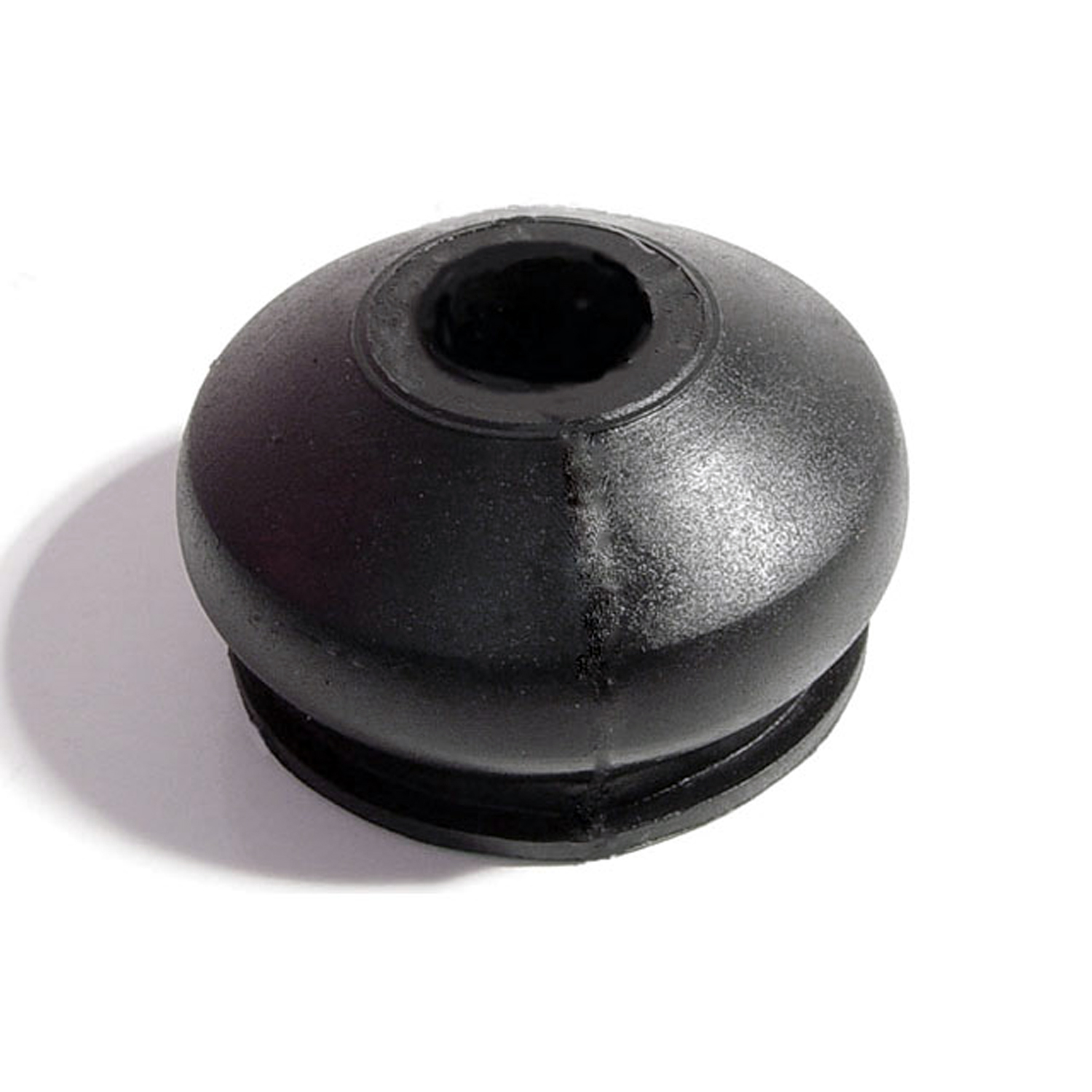 1960 Jaguar XK150 Upper Ball Joint Tie Rod Boot. 1-1/8" bottom I.D-BN 101Upper Ball Joint Tie Rod Boot. 1-1/8" bottom I.D., 1/2" top I.D. Each
1960 Jaguar XK150 Upper Ball Joint Tie Rod Boot. 1-1/8" bottom I.D-BN 101Upper Ball Joint Tie Rod Boot. 1-1/8" bottom I.D., 1/2" top I.D. Each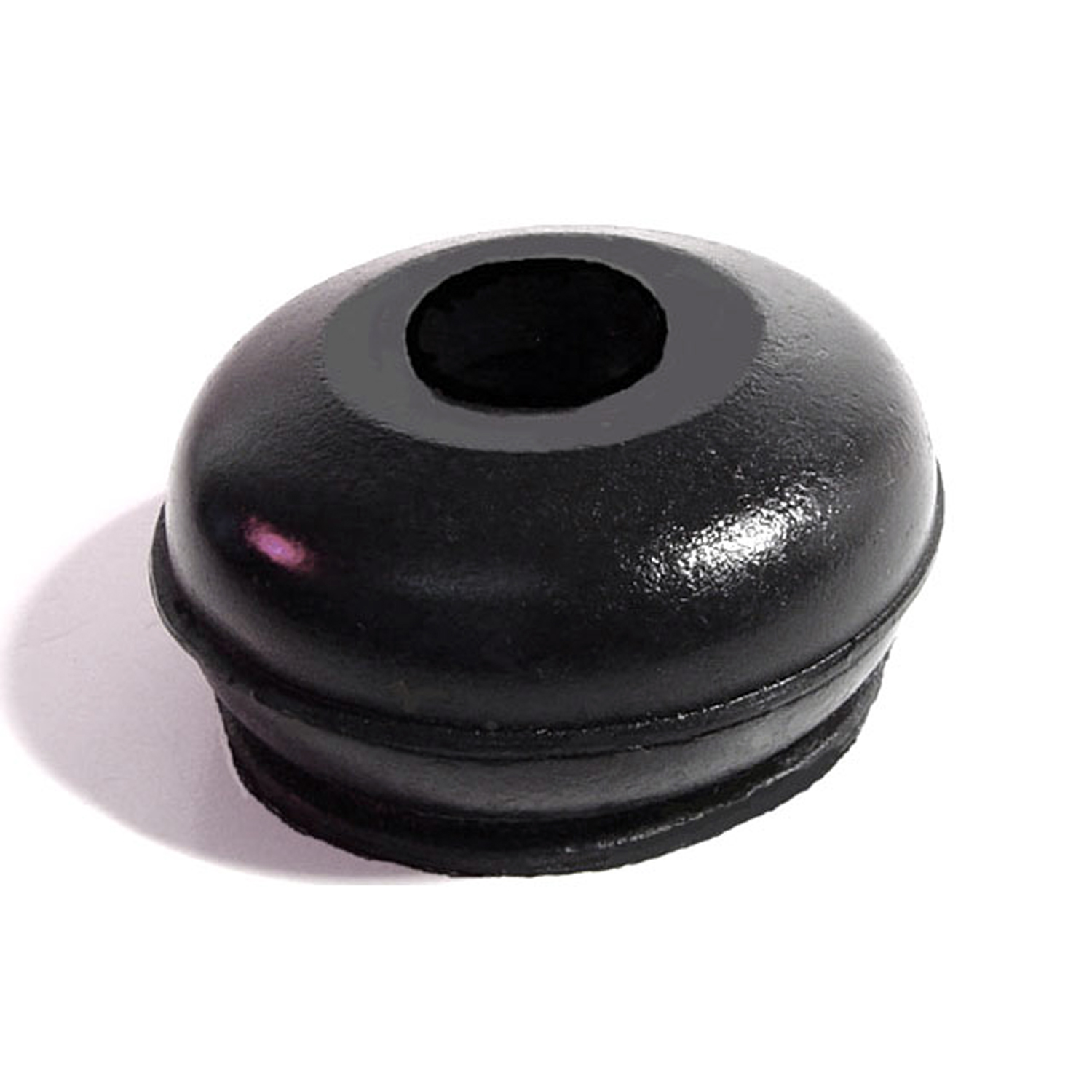 1960 Jaguar XK150 Upper and Lower Ball Joint Boot. 5/8" upper I.D-BN 101-AUpper and Lower Ball Joint Boot. 5/8" upper I.D., 1-1/2" bottom I.D., 7/8" high. Each
1960 Jaguar XK150 Upper and Lower Ball Joint Boot. 5/8" upper I.D-BN 101-AUpper and Lower Ball Joint Boot. 5/8" upper I.D., 1-1/2" bottom I.D., 7/8" high. Each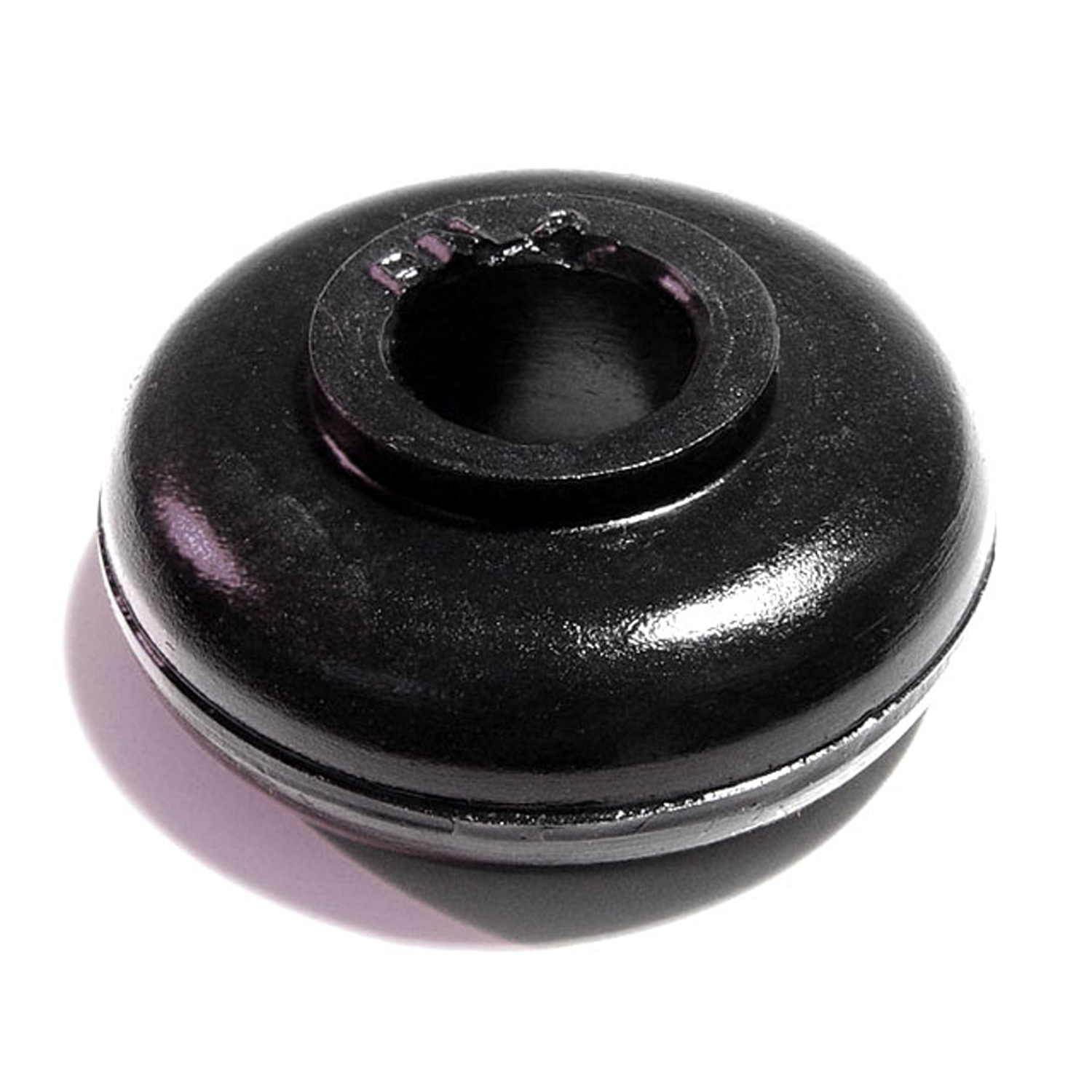 1960 Jaguar XK150 Roll Bar Bushing. 1/2" high, with 1/2" hole. Each-BN 2Roll Bar Bushing. 1/2" high, with 1/2" hole. Each
1960 Jaguar XK150 Roll Bar Bushing. 1/2" high, with 1/2" hole. Each-BN 2Roll Bar Bushing. 1/2" high, with 1/2" hole. Each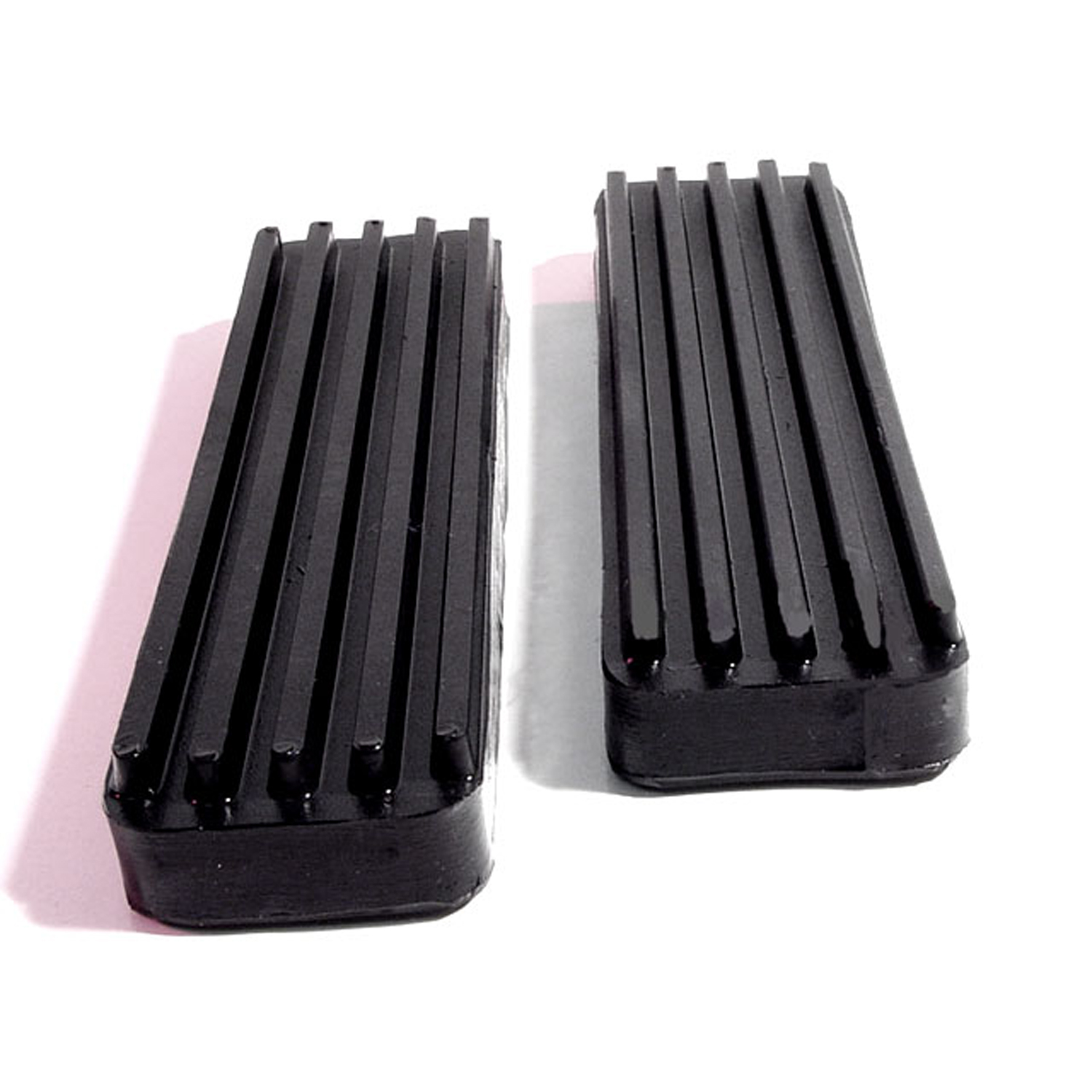 1960 Jaguar XK150 Clutch and Brake Pedal Pads. 1-1/2" wide X 5-1/2" long-CB 11Clutch and Brake Pedal Pads. 1-1/2" wide X 5-1/2" long. Pair
1960 Jaguar XK150 Clutch and Brake Pedal Pads. 1-1/2" wide X 5-1/2" long-CB 11Clutch and Brake Pedal Pads. 1-1/2" wide X 5-1/2" long. Pair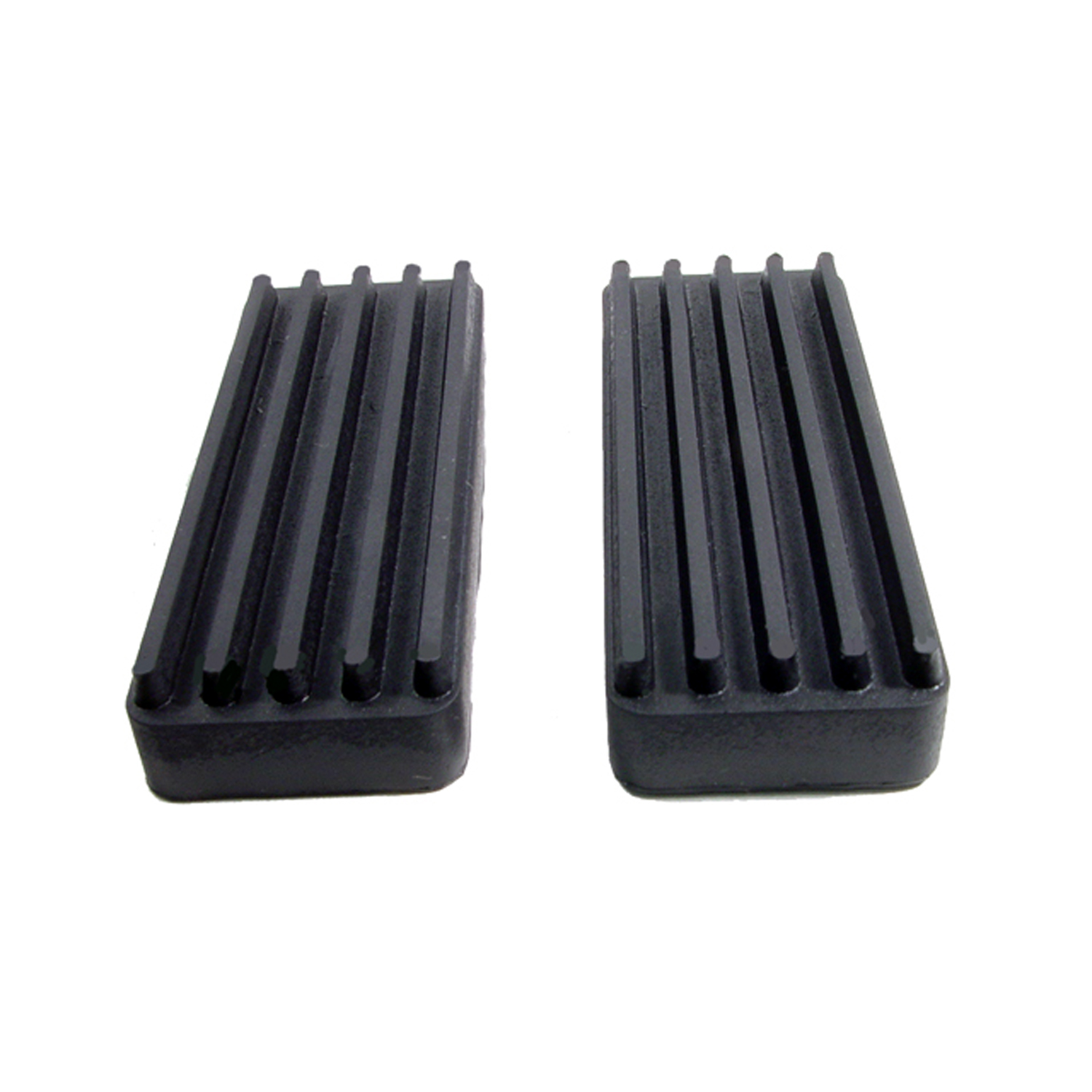 1960 Jaguar XK150 Clutch and Brake Pedal Pads. 1-1/2" wide X 4" long. Pair-CB 75Clutch and Brake Pedal Pads. 1-1/2" wide X 4" long. Pair
1960 Jaguar XK150 Clutch and Brake Pedal Pads. 1-1/2" wide X 4" long. Pair-CB 75Clutch and Brake Pedal Pads. 1-1/2" wide X 4" long. Pair 1960 Jaguar XK150 Auto Brake Pedal Pad. 3-1/4" wide X 5-1/2" long. Each-CB 75-BAuto Brake Pedal Pad. 3-1/4" wide X 5-1/2" long. Each
1960 Jaguar XK150 Auto Brake Pedal Pad. 3-1/4" wide X 5-1/2" long. Each-CB 75-BAuto Brake Pedal Pad. 3-1/4" wide X 5-1/2" long. Each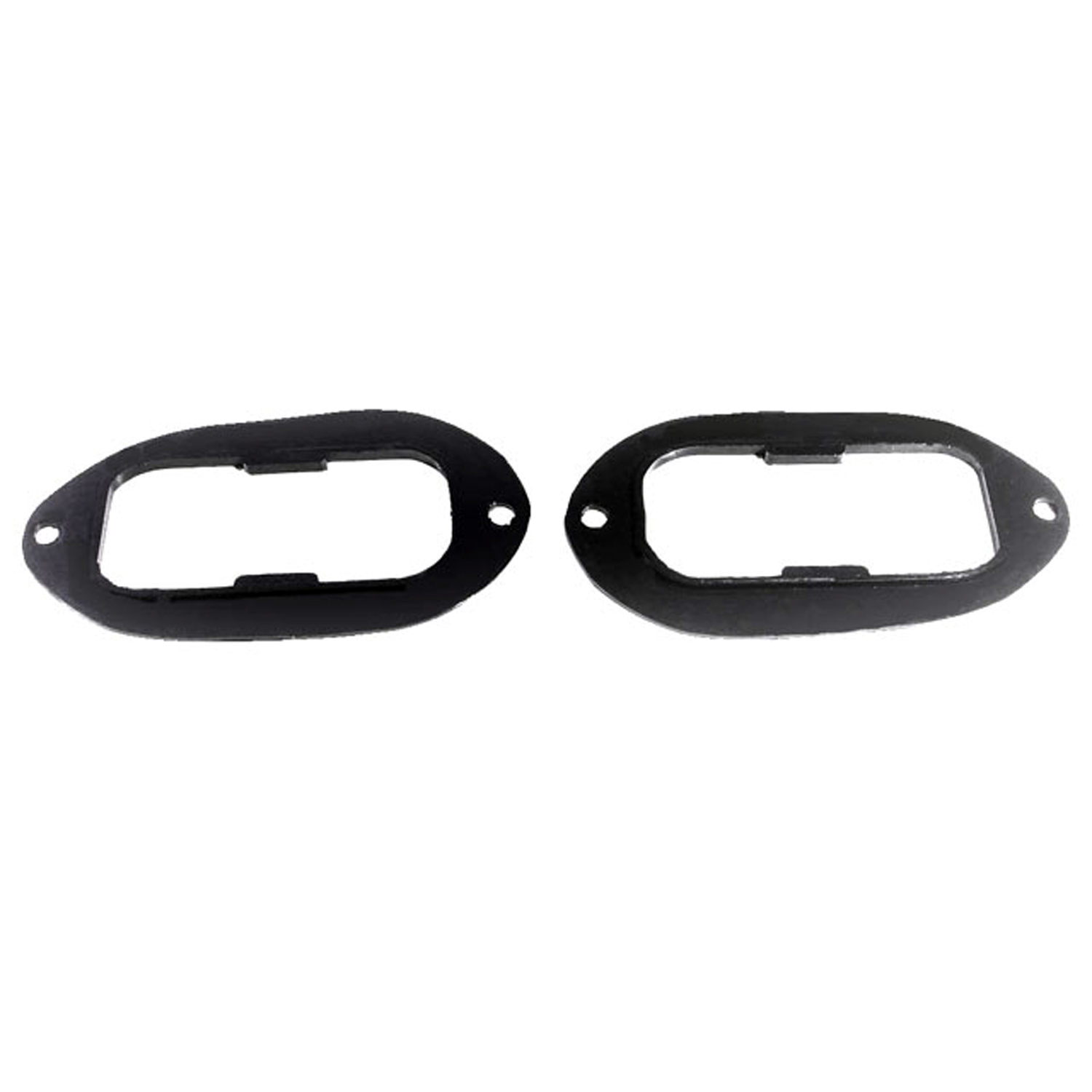 1960 Jaguar XK150 Tail-light Lens Gaskets. Pair-LG 3000-140Tail-light Lens Gaskets. Pair
1960 Jaguar XK150 Tail-light Lens Gaskets. Pair-LG 3000-140Tail-light Lens Gaskets. Pair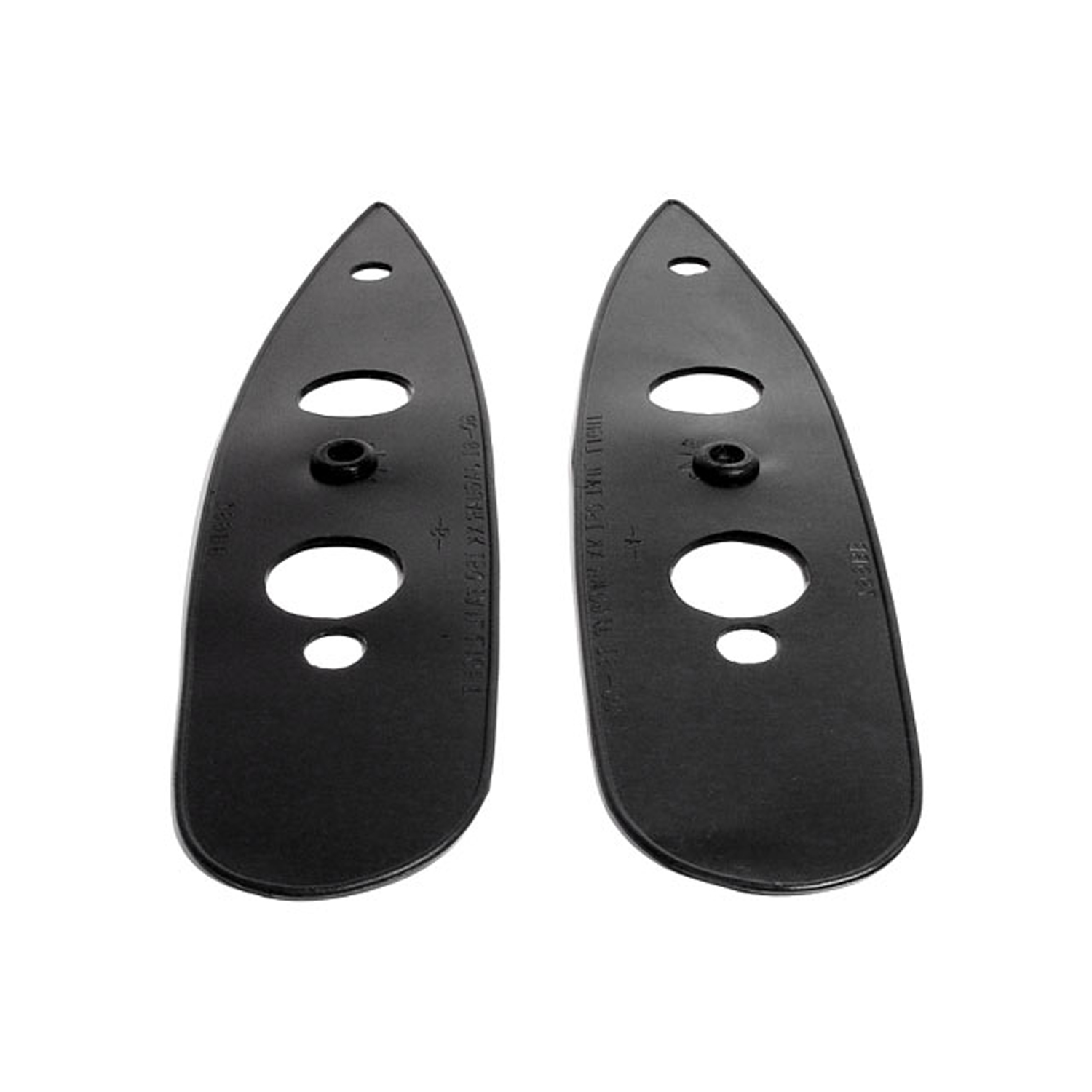 1960 Jaguar XK150 Tail-light Pads. 3-3/8" wide X 15-1/2" long. Pair R&L-MP 799-BBTail-light Pads. 3-3/8" wide X 15-1/2" long. Pair R&L
1960 Jaguar XK150 Tail-light Pads. 3-3/8" wide X 15-1/2" long. Pair R&L-MP 799-BBTail-light Pads. 3-3/8" wide X 15-1/2" long. Pair R&L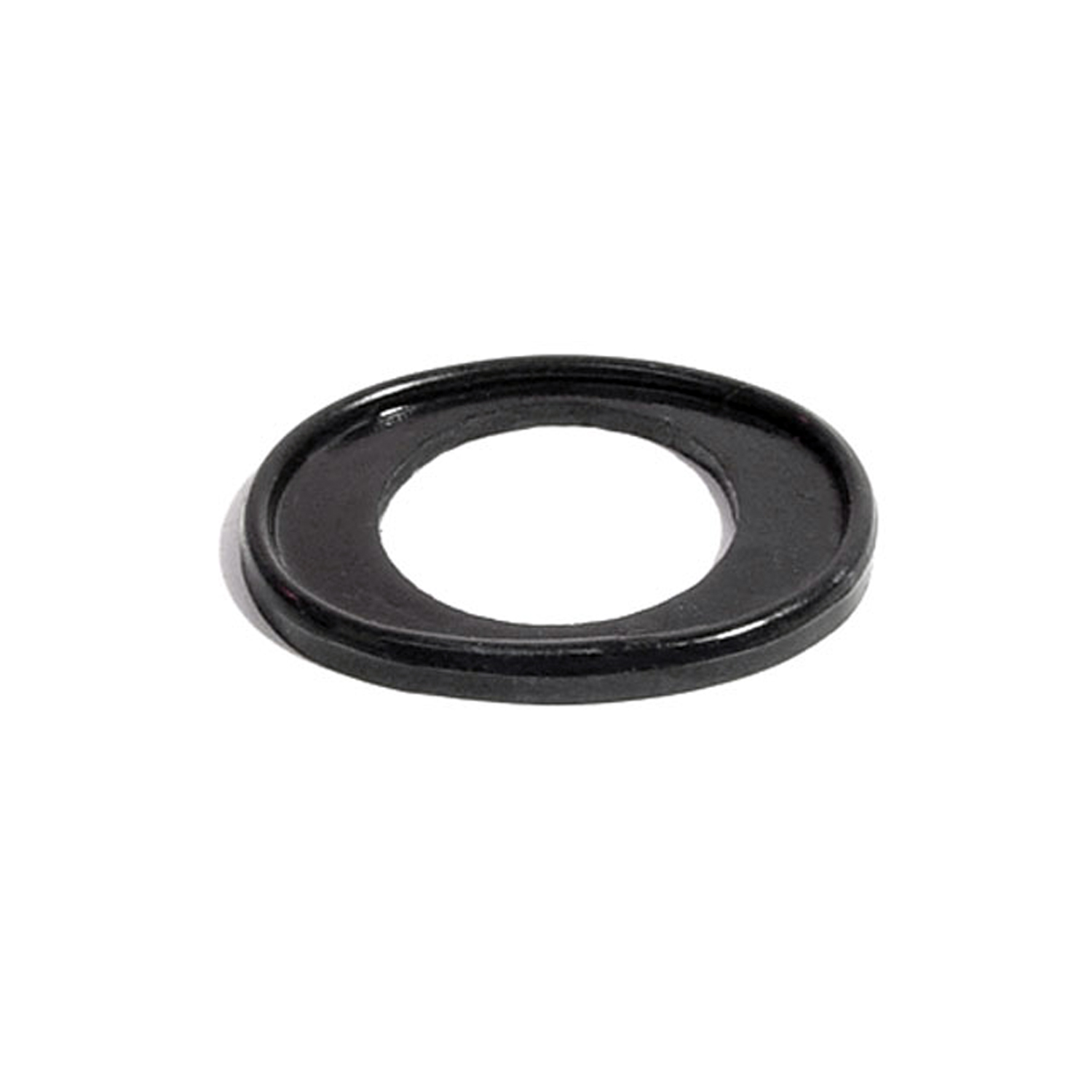 1960 Jaguar XK150 Windshield Wiper Transmission Pad-MP 799-CCWindshield Wiper Transmission Pad. 1-1/8" wide X 1-1/2" long. Each
1960 Jaguar XK150 Windshield Wiper Transmission Pad-MP 799-CCWindshield Wiper Transmission Pad. 1-1/8" wide X 1-1/2" long. Each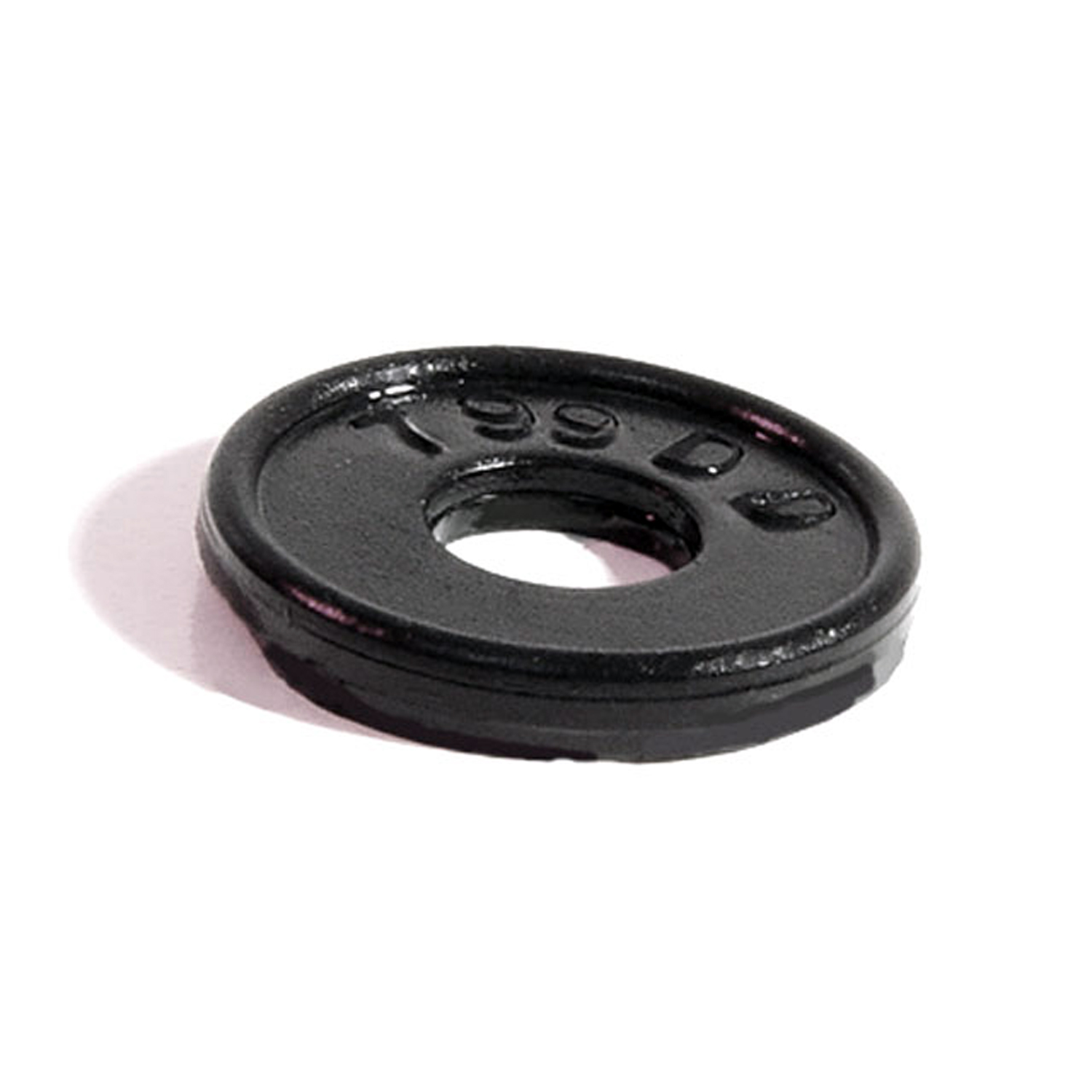 1960 Jaguar XK150 Windshield Washer Pad. 7/8" O.D. Each-MP 799-DDWindshield Washer Pad. 7/8" O.D. Each
1960 Jaguar XK150 Windshield Washer Pad. 7/8" O.D. Each-MP 799-DDWindshield Washer Pad. 7/8" O.D. Each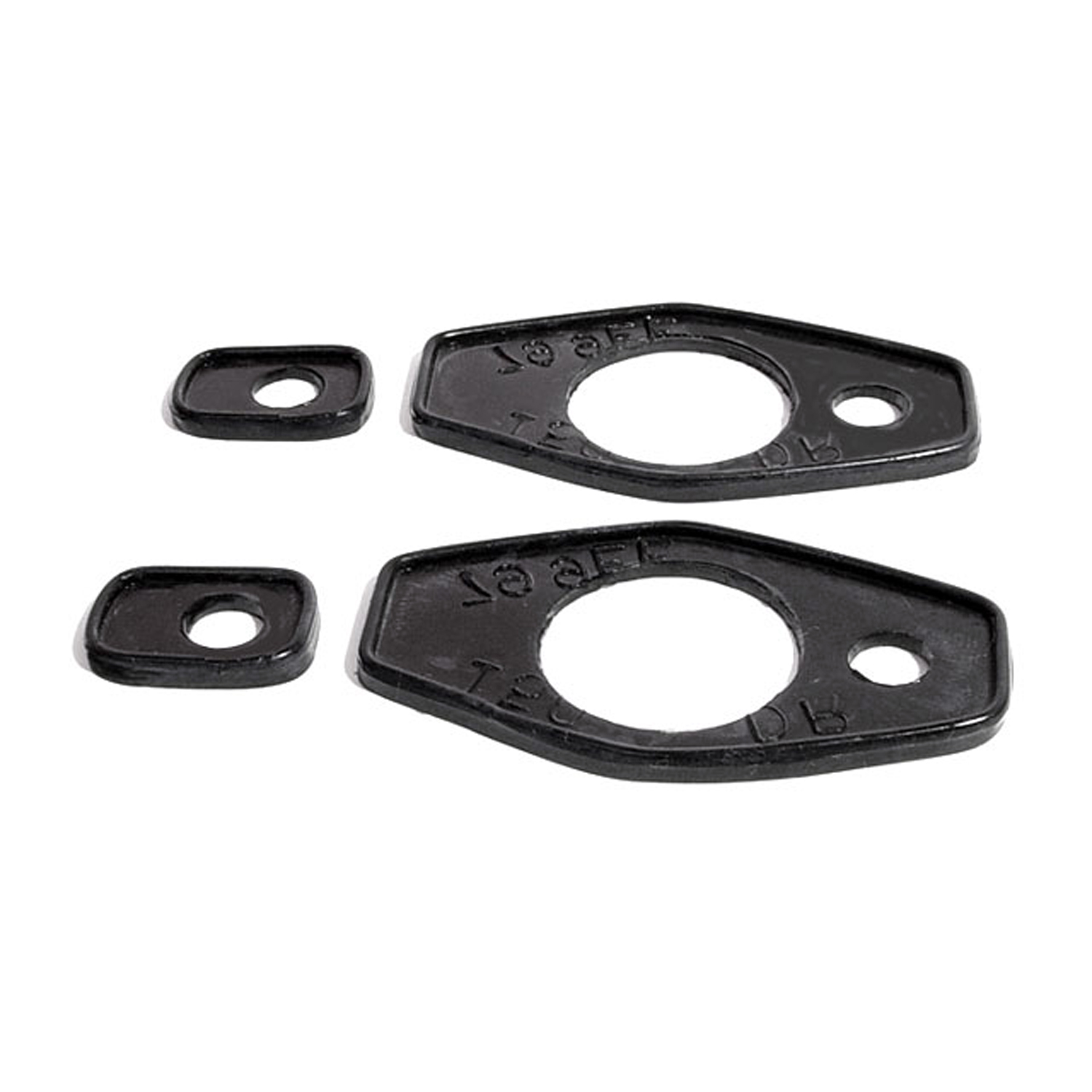 1960 Jaguar XK150 Door Handle Pads. 1" wide X 2-5/8" long. Set-MP 799-EEDoor Handle Pads. 1" wide X 2-5/8" long. Set
1960 Jaguar XK150 Door Handle Pads. 1" wide X 2-5/8" long. Set-MP 799-EEDoor Handle Pads. 1" wide X 2-5/8" long. Set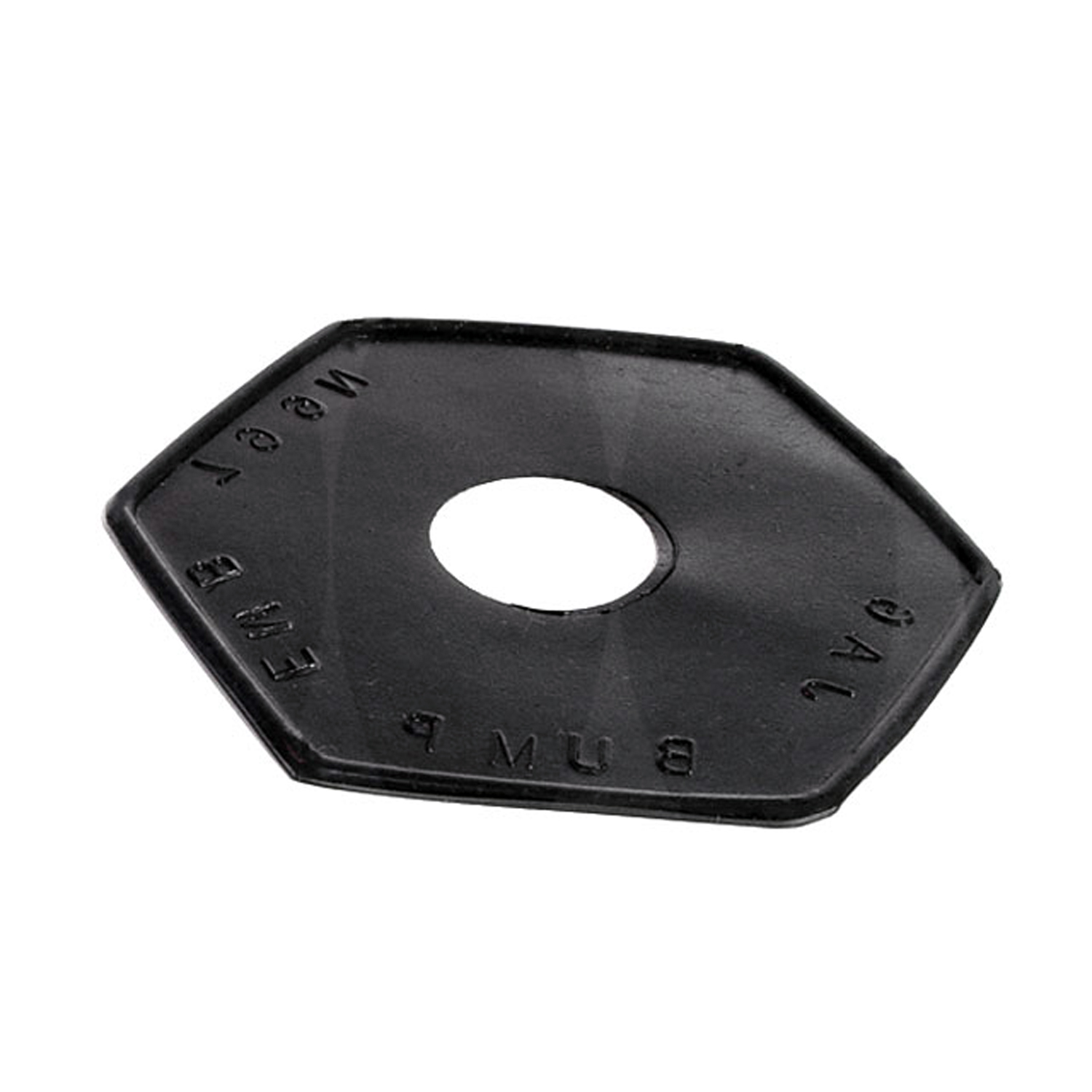 1960 Jaguar XK150 Bumper Emblem Pad. 3-5/8" wide X 4" long. Each-MP 799-NBumper Emblem Pad. 3-5/8" wide X 4" long. Each
1960 Jaguar XK150 Bumper Emblem Pad. 3-5/8" wide X 4" long. Each-MP 799-NBumper Emblem Pad. 3-5/8" wide X 4" long. Each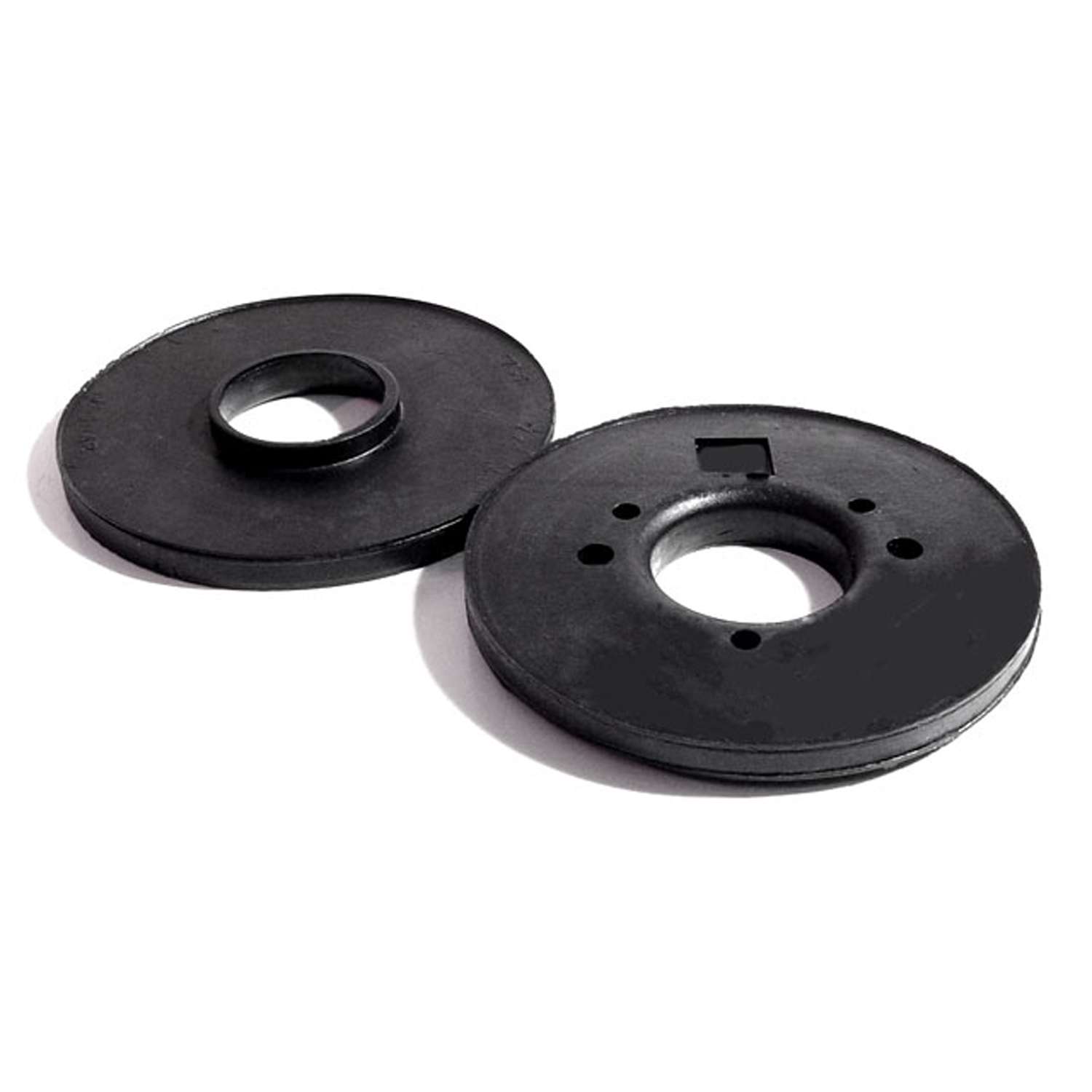 1960 Jaguar XK150 Turn Signal Pads. Exact reproduction. 3-1/4" O.D. Pair-MP 799-ZZTurn Signal Pads. Exact reproduction. 3-1/4" O.D. Pair
1960 Jaguar XK150 Turn Signal Pads. Exact reproduction. 3-1/4" O.D. Pair-MP 799-ZZTurn Signal Pads. Exact reproduction. 3-1/4" O.D. Pair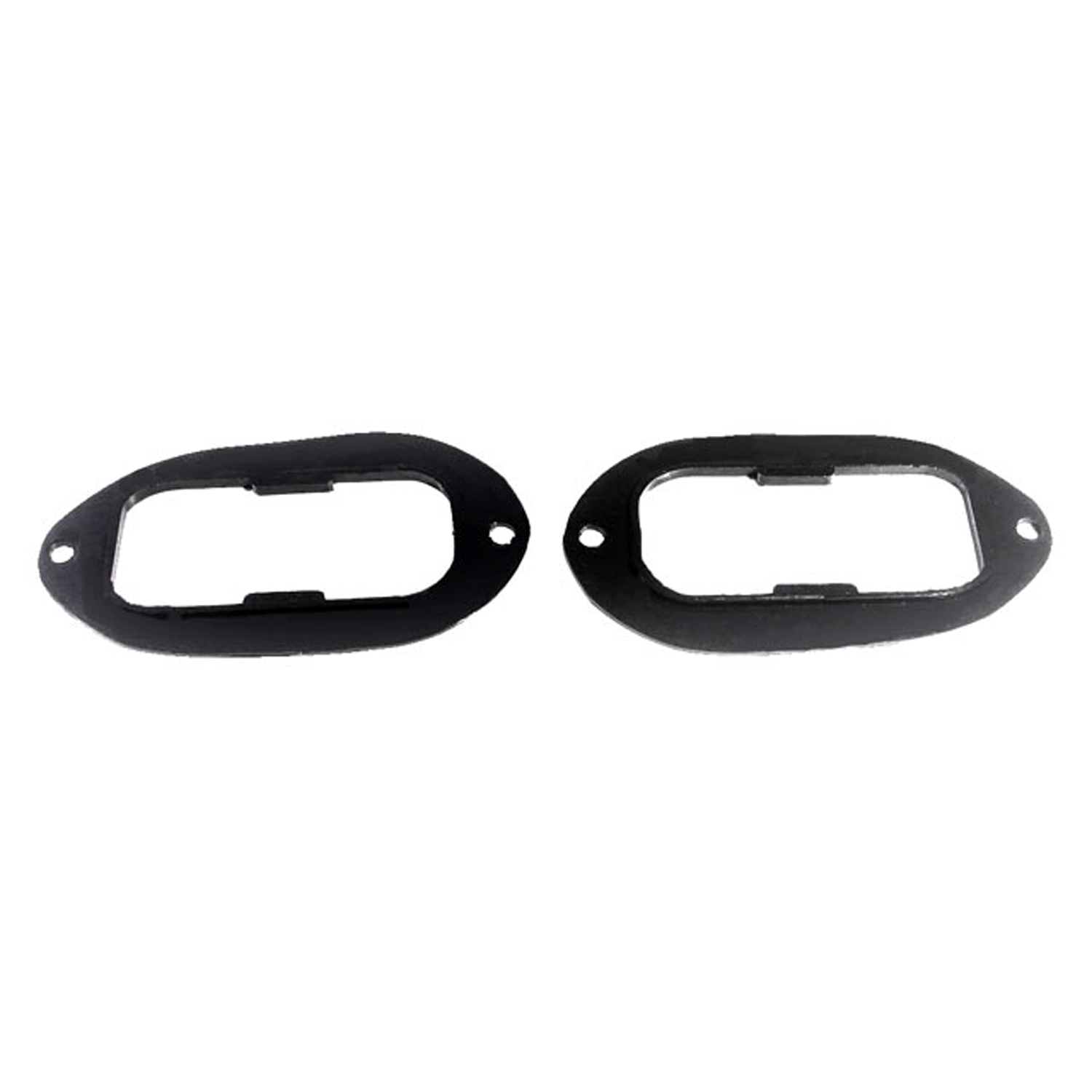 1960 Jaguar XK150 Tail-light Lens Seals. Replaces OEM #574634-MP 999-DTail-light Lens Seals. Replaces OEM #574634. 2-1/2" wide X 4-7/8" long. Pair
1960 Jaguar XK150 Tail-light Lens Seals. Replaces OEM #574634-MP 999-DTail-light Lens Seals. Replaces OEM #574634. 2-1/2" wide X 4-7/8" long. Pair 1960 Jaguar XK150 Spark plug wire boot. Exclusive Metro part-RP 1-KSpark plug wire boot. Exclusive Metro part. Fits on the distributor cap end. Note: looks similar to coil boot, but is physically smaller. Replaces OEM# CO 2609. Each.
1960 Jaguar XK150 Spark plug wire boot. Exclusive Metro part-RP 1-KSpark plug wire boot. Exclusive Metro part. Fits on the distributor cap end. Note: looks similar to coil boot, but is physically smaller. Replaces OEM# CO 2609. Each.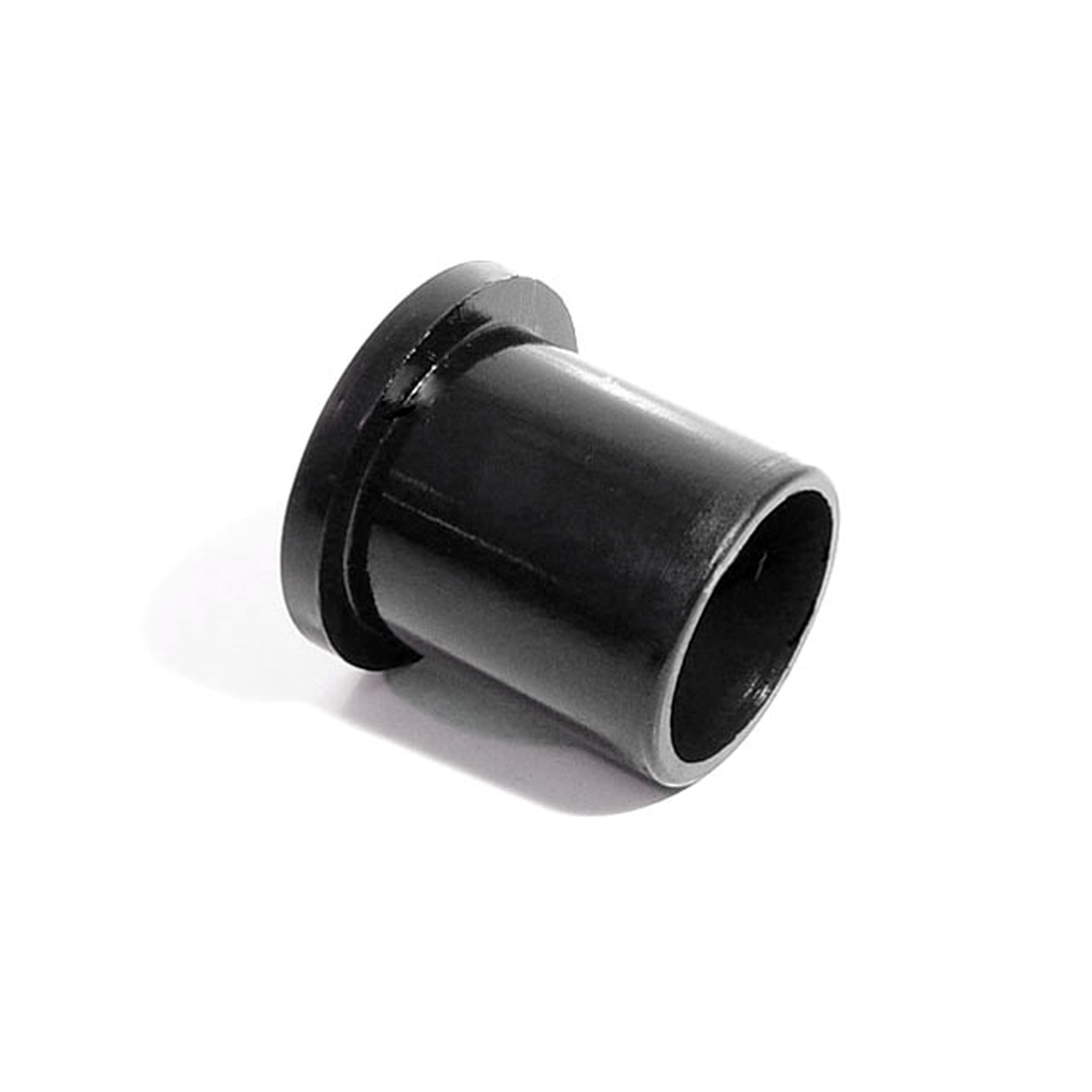 1960 Jaguar XK150 Jack Holder. Used to keep jack from rattling-RP 90-AJack Holder. Used to keep jack from rattling. Fits 1-1/2" hole. 1-1/4" I.D. Each
1960 Jaguar XK150 Jack Holder. Used to keep jack from rattling-RP 90-AJack Holder. Used to keep jack from rattling. Fits 1-1/2" hole. 1-1/4" I.D. Each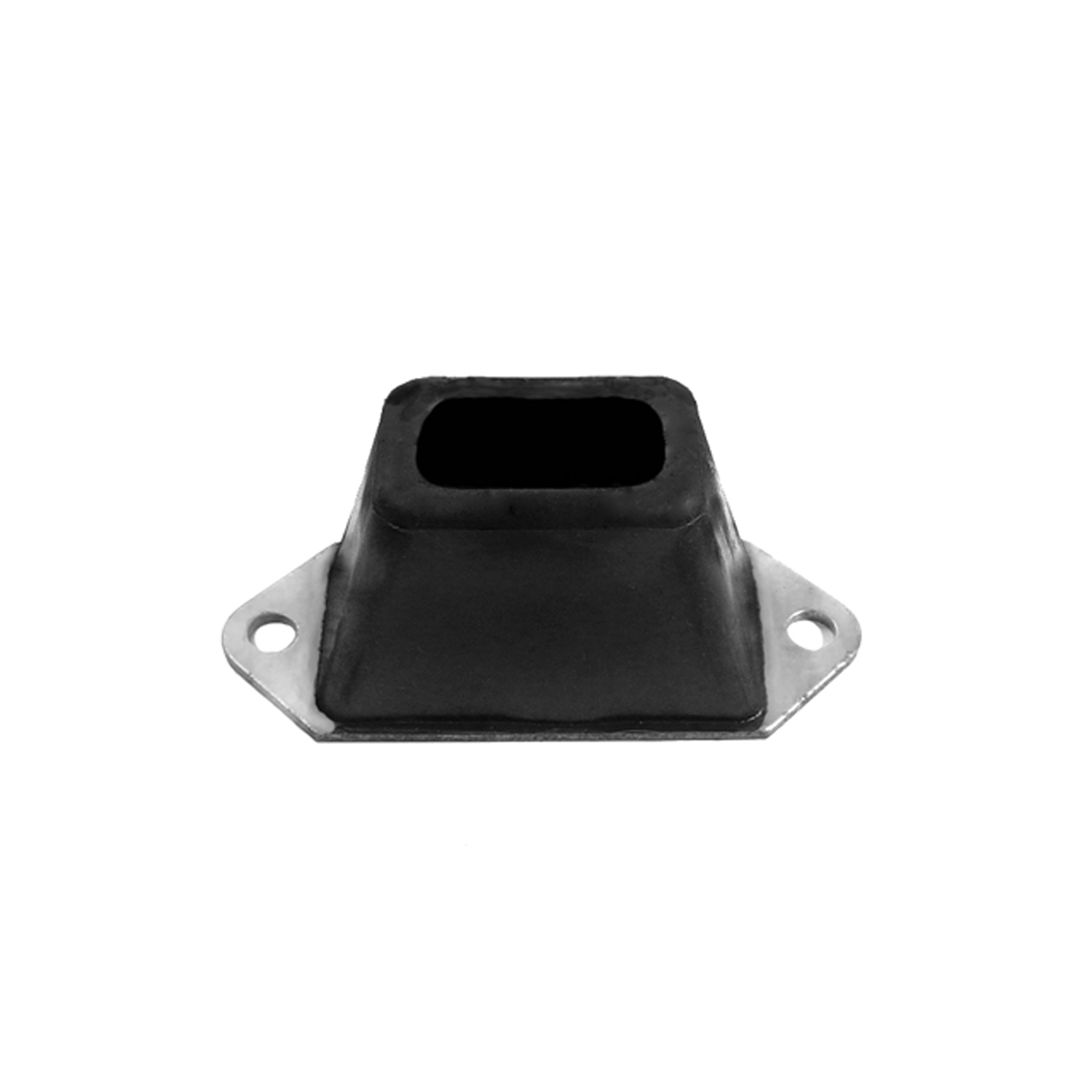 1960 Jaguar XK150 Rear Axle Bumper. 4-1/2" long, 1-1/2" wide, 2" high. Each-XB 21-ARear Axle Bumper. 4-1/2" long, 1-1/2" wide, 2" high. Each
1960 Jaguar XK150 Rear Axle Bumper. 4-1/2" long, 1-1/2" wide, 2" high. Each-XB 21-ARear Axle Bumper. 4-1/2" long, 1-1/2" wide, 2" high. Each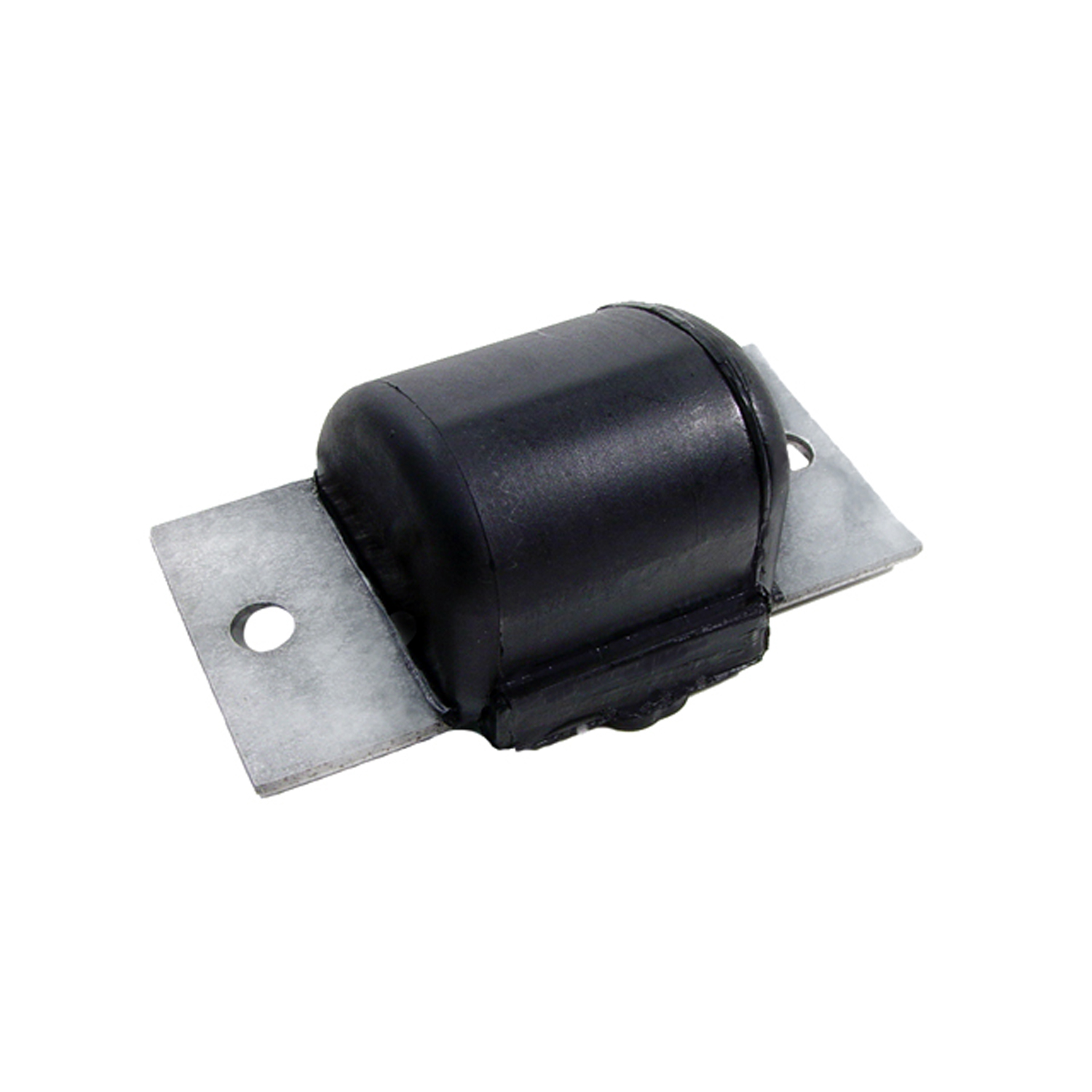 1960 Jaguar XK150 Front Suspension Bumper-XB 21-BFront Suspension Bumper. Overall length is 3-1/4" X 1-1/2" wide. Each
1960 Jaguar XK150 Front Suspension Bumper-XB 21-BFront Suspension Bumper. Overall length is 3-1/4" X 1-1/2" wide. Each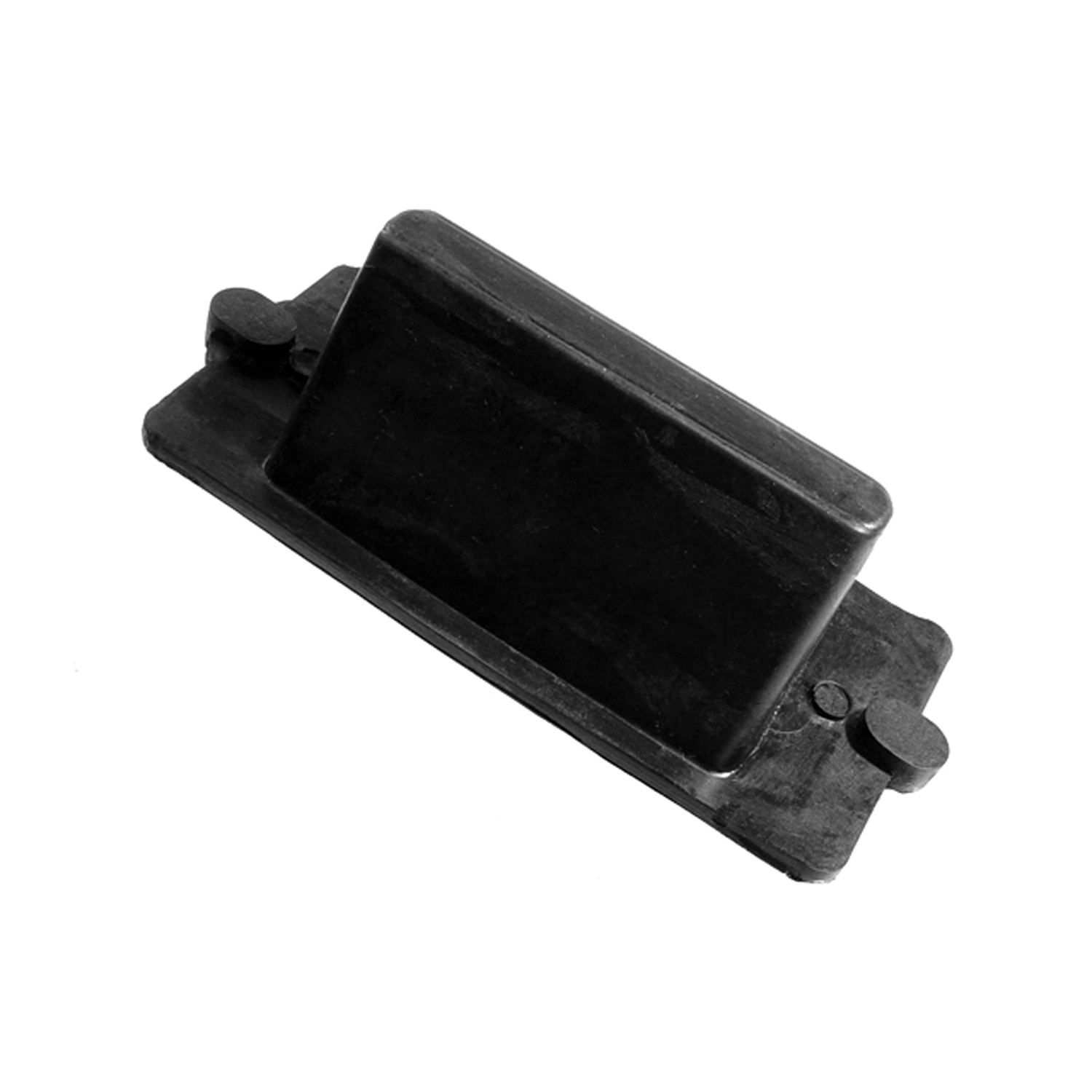 1960 Jaguar XK150 Overdrive Shaft Mount Bumper. Made with steel backing plate-XB 21-COverdrive Shaft Mount Bumper. Made with steel backing plate. 4-7/8" long, 2-1/16" wide. Each
1960 Jaguar XK150 Overdrive Shaft Mount Bumper. Made with steel backing plate-XB 21-COverdrive Shaft Mount Bumper. Made with steel backing plate. 4-7/8" long, 2-1/16" wide. EachWhy Choose Metro?
For over 100 years, Metro Moulded Parts has been the pinnacle of quality in classic car restoration parts. Our commitment to precision and authenticity in every component ensures a perfect fit and an OEM-level appearance.
- Expert Craftsmanship & Quality: Each part is a testament to our dedication to reliability and perfection, crafted from original designs and thoroughly tested.
- Advanced Technology: We use cutting-edge techniques to create flawless, long-lasting parts that surpass others in performance.
- SuperSoft Sponge – The Ultimate Door Seal: Not only are our door seals 30% softer than competitors', but they're also guaranteed to never leak. They effectively reduce wind and road noise, enhancing your classic car's comfort and driving experience.
- Proudly American: Our parts are a product of American craftsmanship, made in the USA with a spirit of excellence and heritage.
- Unrivaled Warranty: We back our products with a 30-year industry-leading warranty, a testament to our confidence in their quality.
Join us in preserving the legacy of classic cars with parts that are crafted for perfection, not just made.

